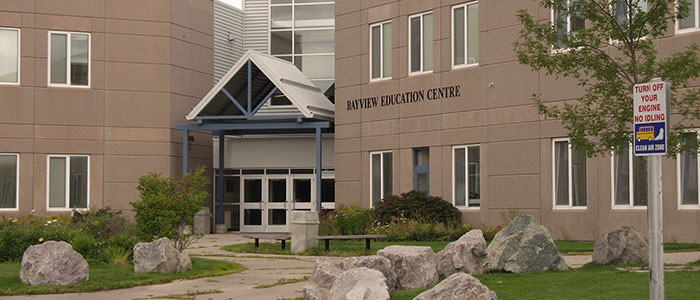Facts About Perfume 1998 The Environmental Protection Agency. “Indoor Air Quality Basics for Schools.” 1990. The EPA list personal care products as a source of indoor air pollution. “The EPA studies of human exposure to air pollutants indicate that indoor levels of pollutants may be 2-5 times, and occasionally more… read more →
Scent-Free Healthy Schools (Updated September 2008) “There are two kinds of scents, Common Sense and Perfume Scents.” With those words, another scent-free program is launched. It’s the first day of school and the several hundred Junior High students are gathered in the gym for a few words from the principal.… read more →
Fibreglass Insulation and School Health Fibreglass insulation is one of several alternatives for soundproofing or temperature control. Fibreglass, rock wool, and slag wool have successfully replaced asbestos in many uses where such insulation is needed. Fibreglass wool is used, for example, as wall insulation or machinery insulation, with ventilation ducts,… read more →
Healthy Schools Design and Construction and its Appendix is a ground-breaking document in design and construction of Healthy Schools. It was developed in 2003 by a joint committee made up of Nova Scotia Departments of Education and Transportation and Public Works, CASLE, and a team of additional professionals. It has… read more →
Examples of Hazardous Incidents in Schools: an article of historical significance that is still relevant. This is a partial list of hazardous incidents in schools that occurred in a one year period, 1995 to 1996. The list was sent to several government ministers in 1996 to demonstrate that action was… read more →
IAQ Action for School Administrators: Awareness and suggestions to improve health and performance by improving school indoor environments. This is not intended to be an all-inclusive list. There are other, and sometimes unexpected, incidents and conditions that are not covered here. A raised general awareness from the list below should… read more →
There are school indoor environment issues over which school administrators have control. (These are in addition to, although sometimes partnered with, the building management team’s responsibilities.) This guide contains: Essential information on environmental impacts on learning ability and health of normal individuals and also on those with existing health problems.… read more →
Guidelines to Accommodate Students and Staff with Environmental Sensitivities: A Guide for Schools On Healthy Schools Day 2010, Women’s College Hospital’s Environmental Health Clinic and CASLE released this guide to help schools accommodate students and staff with environmental sensitivities. Approximately 3 per cent of Canadians have been diagnosed with environmental… read more →
Flush-Out Guidelines: A Healthy Building from Day One with Source Control, Functioning Ventilation System, and Flush-out Overview It is important to recognize that the human body is very sensitive to chemical exposures. Choosing lowemission building materials is not enough, but is an important start. TVOC tests can read “0″ while… read more →
Revised 5.0 Draft Building Readiness Guidelines for New School Buildings: Environmental Health and Safety Aspects December 14, 2015 (The original document, 5.0 Draft Building Readiness Guidelines for New School Buildings was prepared for the Nova Scotia Department of Education by the Healthy Schools Construction Committee, November 20, 2002. Using 2010… read more →

